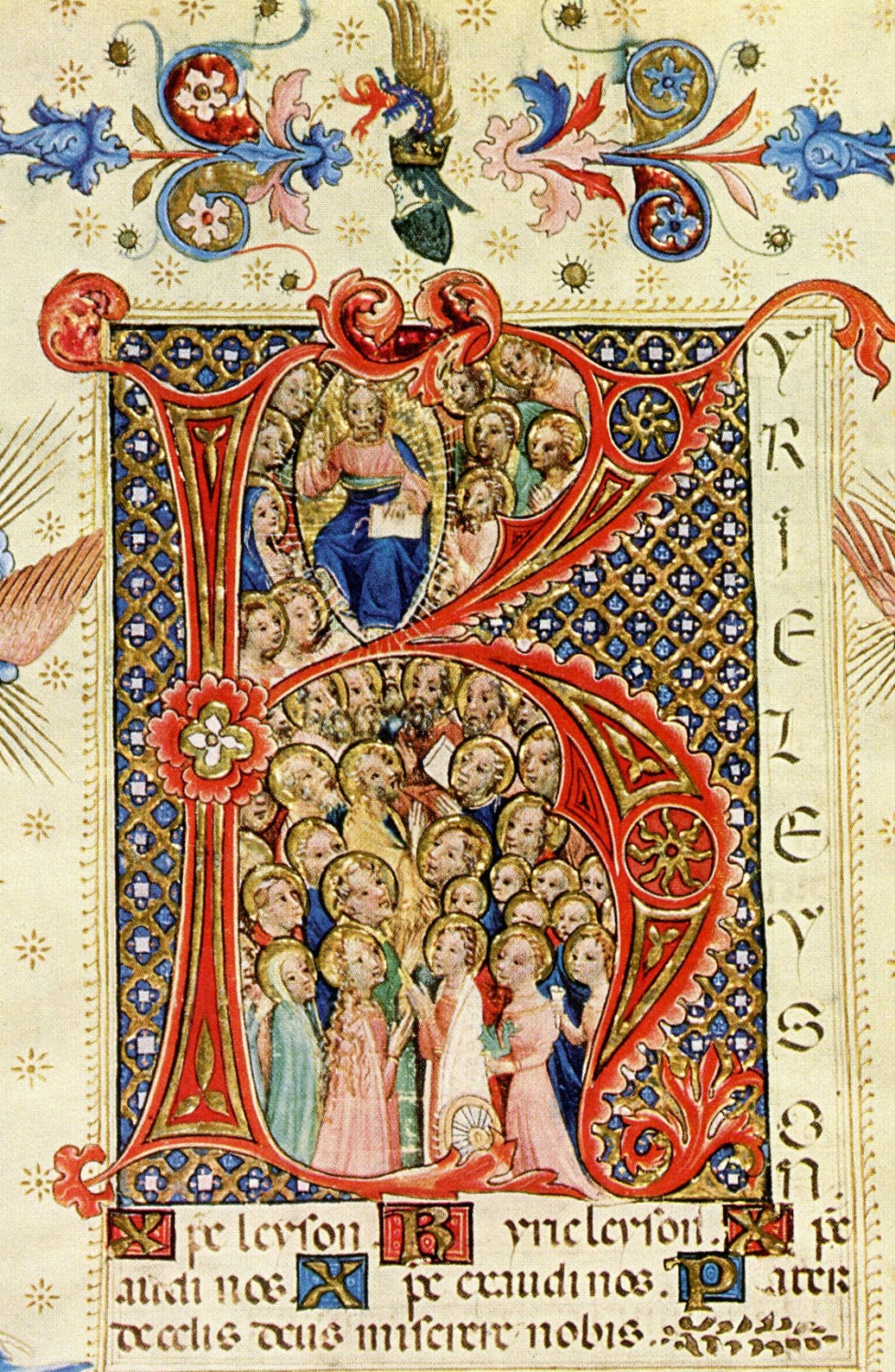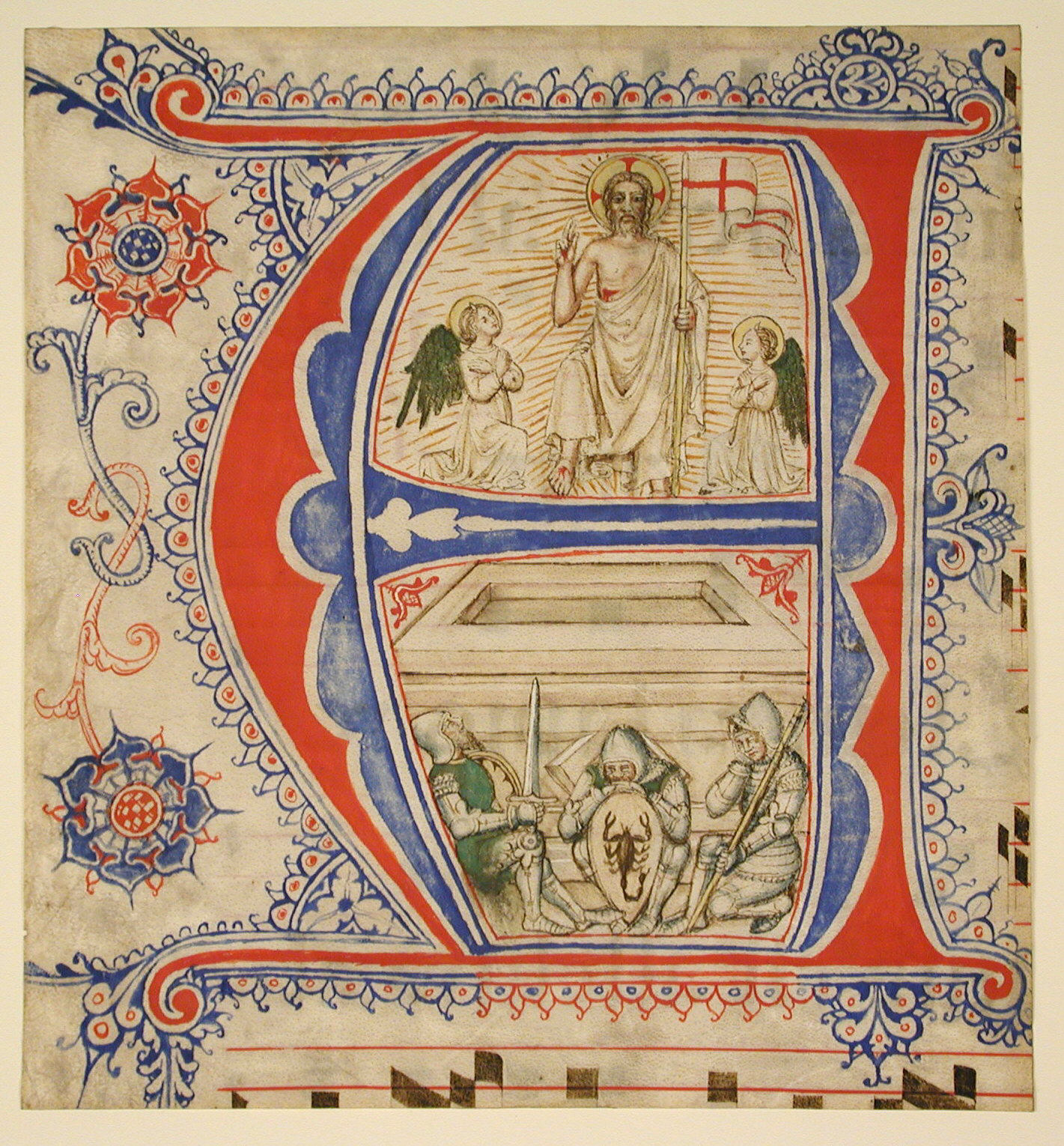

But in the end of the 17th century, the only technology at their disposal was copper plates that had to be worked by hand, which made their accuracy somewhat limited. The first facsimile ever was the reproduction in 1697 of the Goldene Bulle made by the Frankfurt law historian, Heinrich Günther Thülemeyer and Johann Friedrich Fleischer, based on King Wenceslaus' still looks presentation manuscript. Nothing can be added or suppressed from the original. It's original in its present state including any damage that it might have suffered in any sense that how it was supposed to be originally. And indeed, the facsimile edition tries to reproduce its original as faithfully as possible.


The word facsimile derives from Latin, fac simile, that means make similar, which is already quite self-explanatory. A facsimile has to be realized as best as possible to be able to substitute the original in the scientific research and to meet the requirements of the bibliophiles. According to the Institut International du Livre en Facsimile, a facsimile is defined as a technical and mechanical reproduction of an original two-dimensional model, with the aim of reproducing each element of the original, both internal and external, as faithfully as possible, by all the technical means required to grant the preservation of the original, and to spread it to satisfy both scientific and artistic interests. Fortunately, nowadays, this conundrum is somewhat resolved, at least in some cases, thanks to the existence of a good amount of facsimile editions of medieval goddesses. That is why most libraries restrict their access to their manuscripts with the resulting conflict between the library's duty to preserve the written heritage and the rights of the public to have access to it.

And in the eventuality of its destruction or deterioration, it cannot be replaced. View SyllabusĪ medieval manuscript is a unique home, and, therefore, its value is incalculable. The best of these peer-evaluated projects will be posted on the Deciphering Secrets website, which is our collective citizen scholarship web presence that encourages and supports our global citizen scholars appreciation and contributions to transcription of medieval manuscripts.įinally, we wish to highlight that this course is an exciting international collaboration between the University of Colorado (USA) and Universidad Complutense Madrid (Spain). In their final projects students will either (1) produce a board of commented images about medieval manuscripts or (2) prepare a physical manuscript using medieval methods. Student achievement will be assessed using not only traditional multiple-choice quizzes, but more importantly will be evaluated based on individual student projects. Students will acquire an introductory knowledge of their distinguishing characteristics, their cataloguing and periodization (when they were created), the methods utilized to produce them, and their historical context and value. In this seven-week course, students will explore the material creation, content, and historical context of illuminated medieval European manuscripts. In this fashion, illuminated manuscripts are dynamic messages from our communal past that are still relevant today in fields like graphic design and typography.
ILLUMINATED MEDIEVAL MANUSCRIPTS WINDOWS
Serving as windows unto a lost world of kings, ladies, faith, war, and culture, they communicate complex visual and textual narratives of Europe’s collective cultural heritage and patrimony. Perhaps no other relic of the European Middle Ages captures our imagination more than illuminated medieval manuscripts, or those documents decorated with images and colored pigments.


 0 kommentar(er)
0 kommentar(er)
